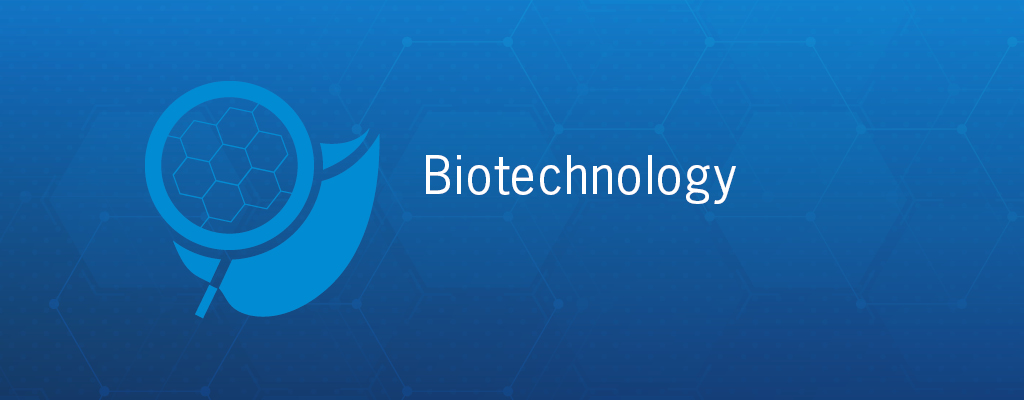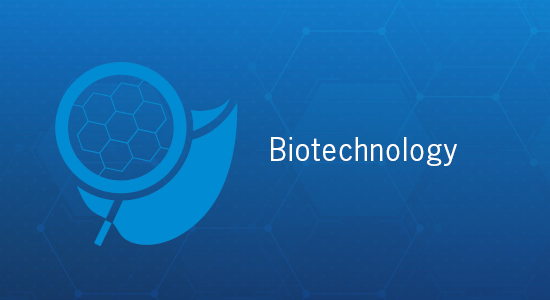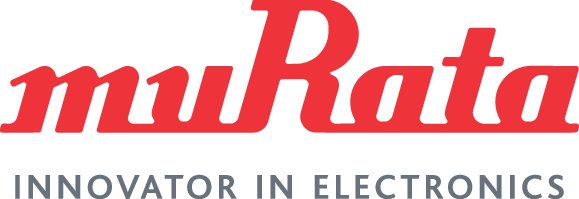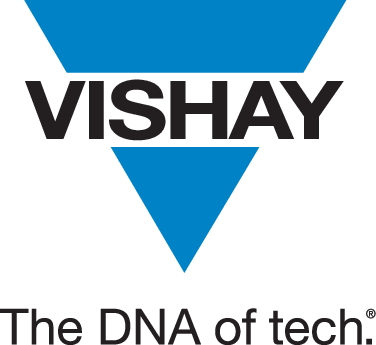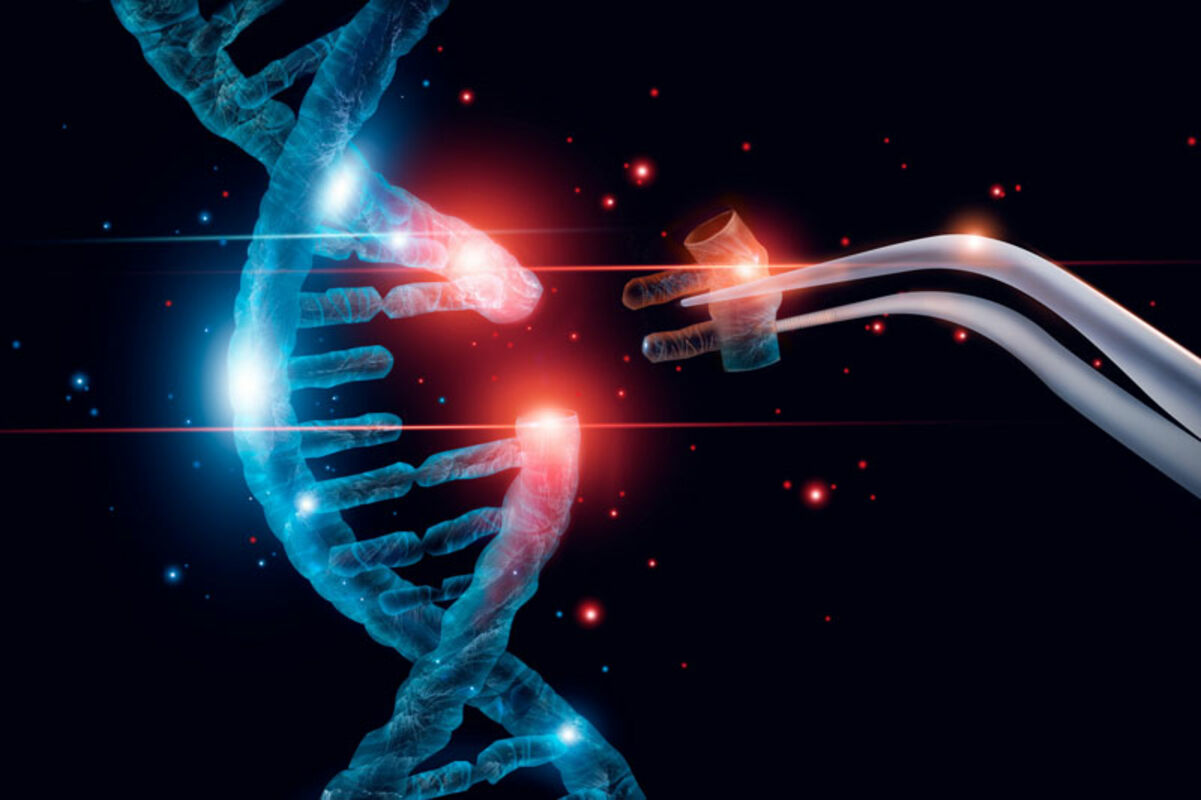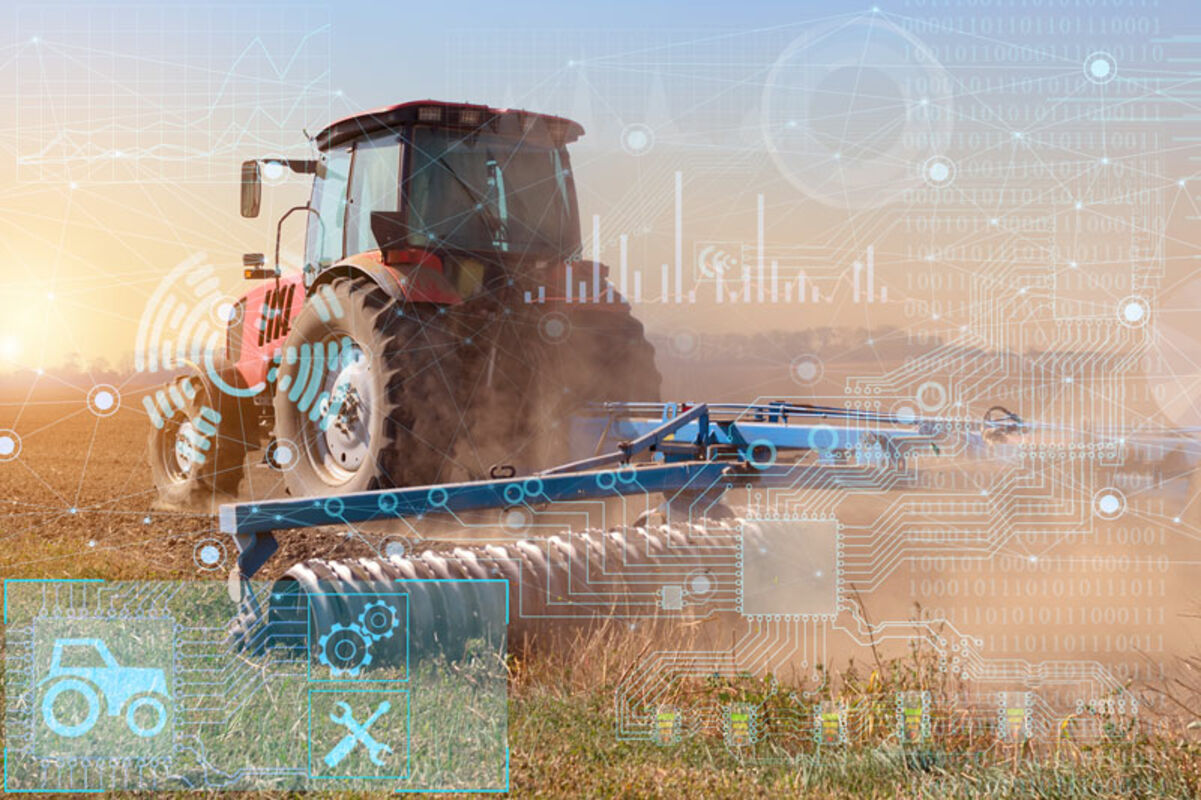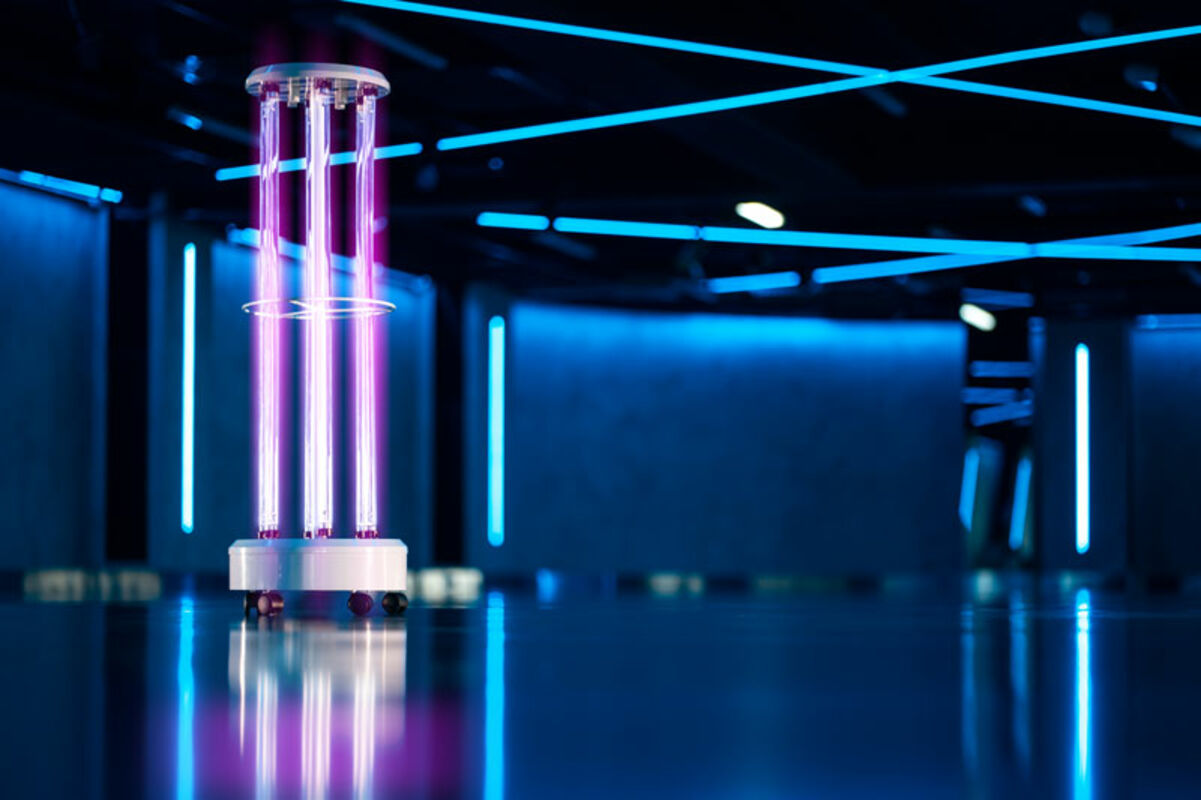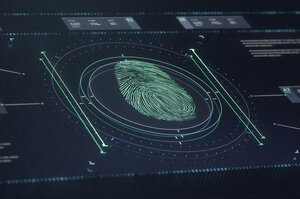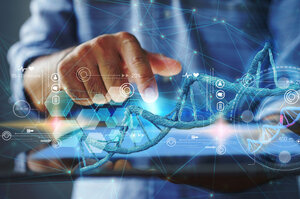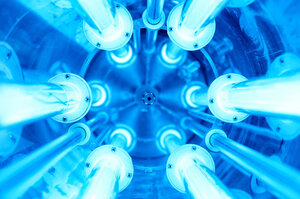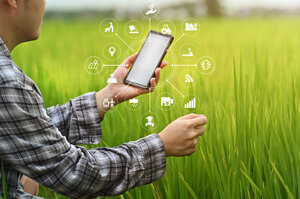Biotechnologie – Der Schlüssel zur Lösung der Probleme unserer Zeit
Was ist Biotechnologie?
Die Biotechnologie folgt dem Prinzip, biologische Prozesse zu nutzen, um Produkte, Verfahren und Systeme zu entwickeln, die unser Leben verbessern. In diesem Zusammenhang ist die Biotechnologie eine der Schlüsseltechnologien, die uns helfen kann, die Herausforderungen unserer Zeit zu bewältigen. Das Ergebnis sind bahnbrechende Produkte und Technologien, die Krankheiten bekämpfen, den ökologischen Fußabdruck minimieren, die Nahrungsmittelproduktion verbessern und effizientere Herstellungsprozesse schaffen.
Deshalb haben wir bei Rutronik die Biotechnologie als einen unserer Zukunftsmärkte definiert, der sich rasant entwickelt und ein hohes Innovationspotenzial besitzt. Doch wie kann man Innovationen in praktische Lösungen umsetzen? Das enorme Entwicklungstempo und die Komplexität stellen die Ingenieure vor große Herausforderungen. Die Biotechnologie umfasst breite Anwendungsbereiche wie Gartenbau, Bioschnittstellen und Wearables, biotechnologische Manipulation, UV-Technologie oder Smart Farming. Ganz gleich, um welche Anwendung es sich handelt, wir wissen genau, welche Komponenten am besten geeignet sind. Dank unserer Expertise können wir Sie beraten, wie die einzelnen Teile zu einem kohärenten Gesamtsystem verbunden werden können, um optimale Ergebnisse zu erzielen.
Biotechnologie ist allgegenwärtig
Der hohe Automatisierungs- und Optimierungsgrad hat z.B. die moderne Landwirtschaft zu einem schnell wachsenden Markt mit weitreichenden Anwendungsgebieten mit Nähe zum Gesundheitssektor gemacht. Seine kurzfristige wirtschaftliche Hebelwirkung beruht auf Datenerfassung und Datenverarbeitung.
Mögliche Einsatzgebiete:
- Landwirtschaftliche Biotechnologie
- Gartenbau
- Bioinformatik und Bioelektronik
- Industrielle Biotechnologie
- Genomik und Proteomik
- Biomarker
- Lebensmittel- und Nutrazeutische Biotechnologie
- Schutz der Umwelt
- Tierschutz
Haben Sie Fragen? Nehmen Sie Kontakt mit unseren Produktspezialisten auf

